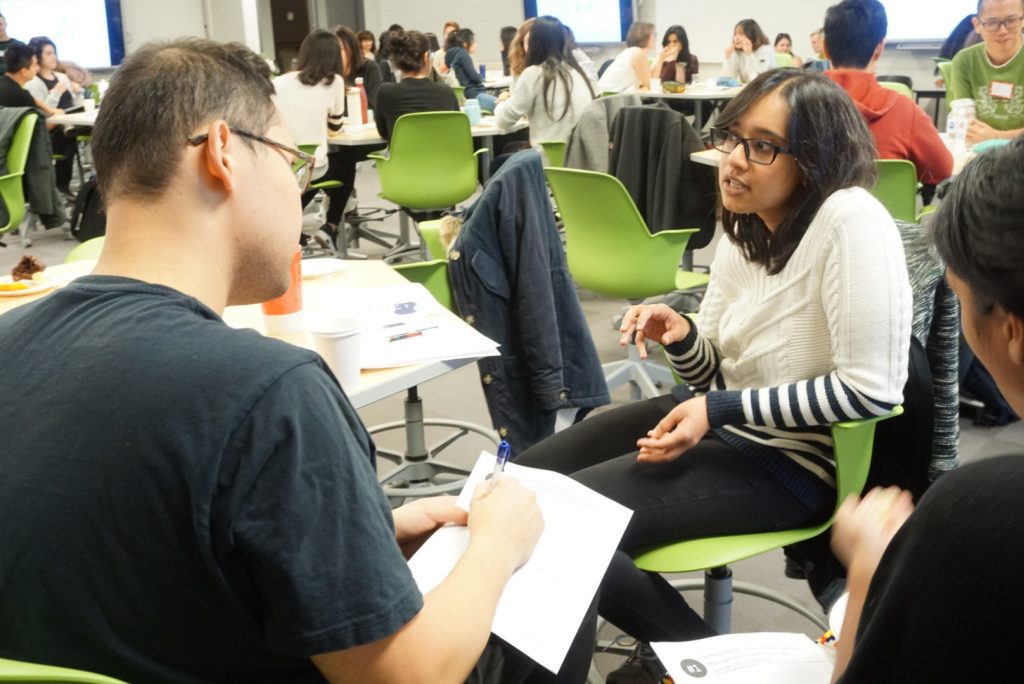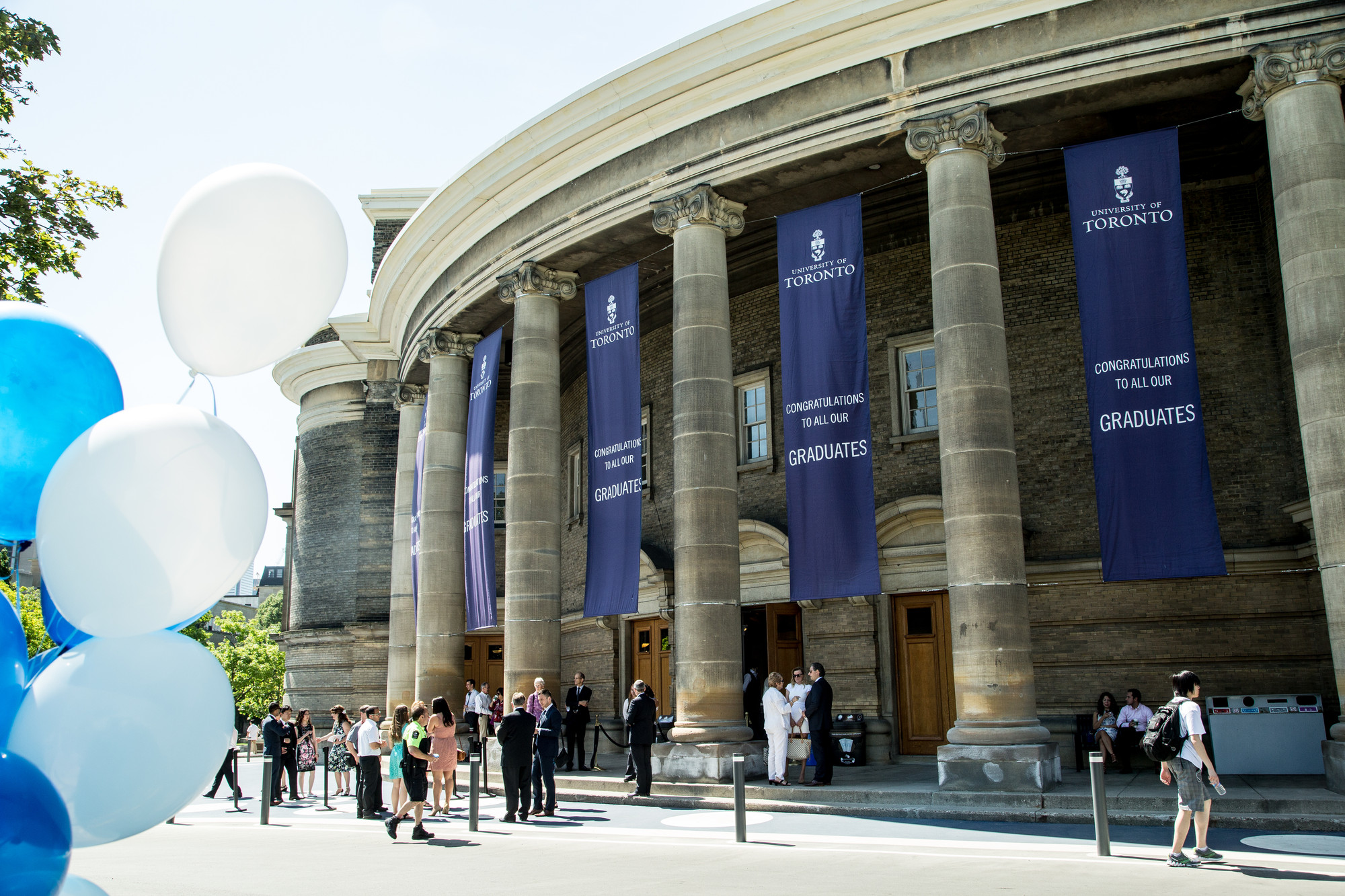Written By: Terri-Lynn Langdon, Lead Editor and Writer, Innovation Hub
At the Innovation Hub one of our projects focuses on engaging International students. International students currently make up 25.4% of the undergraduate and graduate student population at U of T.1 Questions around how the University of Toronto can support this group in the best ways possible and how their needs differ from domestic students is extremely important to the work that the Innovation Hub is engaged in, not to mention that, student engagement and a project by and for students is our bread and butter.
 Meng Xiao recently wrote a book titled Student Engagement in Practice: Chinese International Graduate Student Engagement Handbook which is a book inspired by her own doctoral research from OISE’s Doctorate of Education Program at the University of Toronto.
Meng Xiao recently wrote a book titled Student Engagement in Practice: Chinese International Graduate Student Engagement Handbook which is a book inspired by her own doctoral research from OISE’s Doctorate of Education Program at the University of Toronto.






